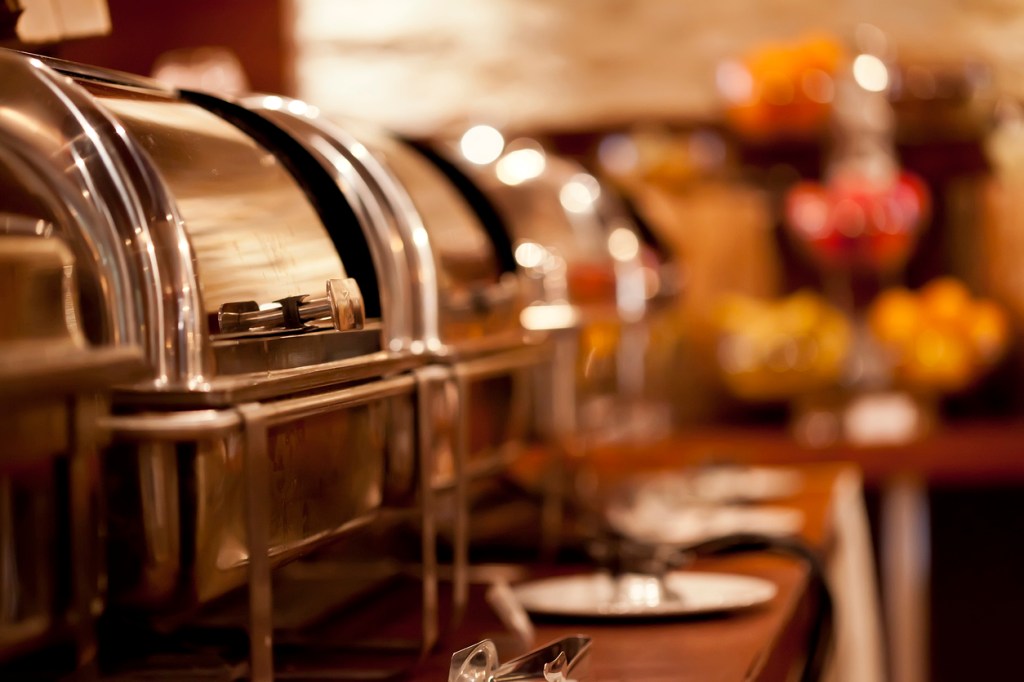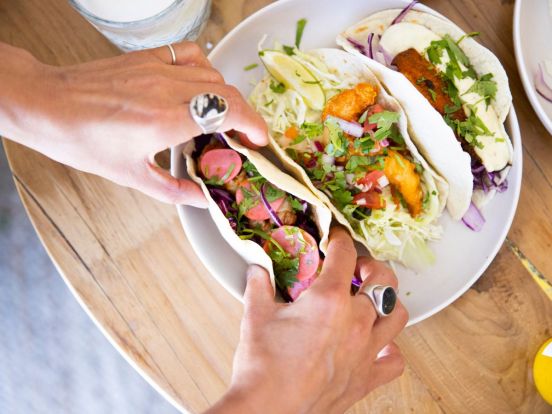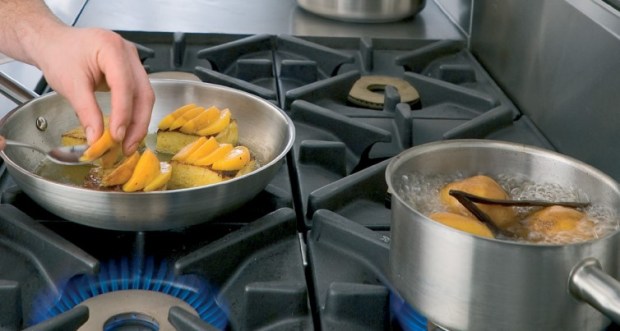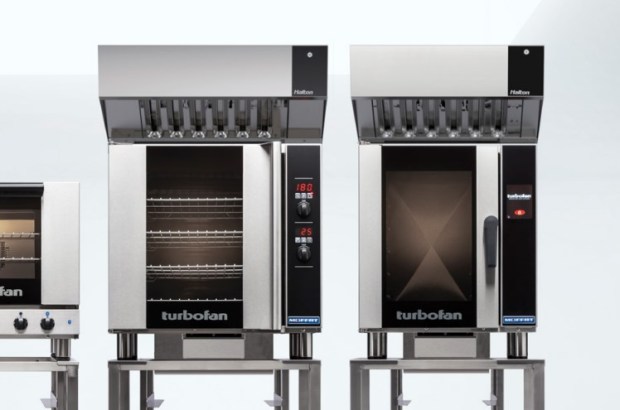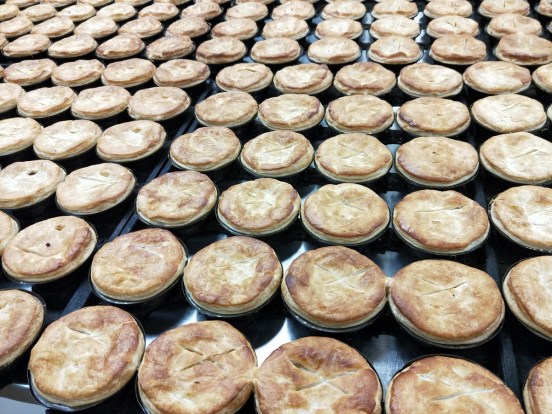Early morning hotel breakfast routines may never be the same again following COVID 19! The much coveted selection of breakfast choices on display for all to see (and sneeze over!), may be set to become the biggest casualty from the pandemic in the sector. Correspondent Matt Lennon chats with several leading designers to discuss the changes hotels are seeking to this morning routine.
It’s the most important meal of the day. Anybody who has ever wandered down to an hotel’s main restaurant for breakfast has experienced the jostle and shuffle of a buffet with barely a care, other than who grabs the last hash brown and waits for the arrival of a fresh batch of mini sausages or scrambled eggs. The COVID-19 pandemic has taken a sledgehammer to life as we know it in many ways and as society becomes more socially distant, a spotlight and calls for changes have been cast on the pantomime that is the hotel breakfast buffet.
The obvious solution to managing a socially distant society in a finite, confined area is to reduce the number of people within it, but this then presents the problems of how to manage demand, particularly during the 7 – 8 am rush. Buffet reservations and table bookings may become the way forward for breakfast across many hotels, brought on by enforced change.
In a way, hotels have been preparing for a change in the breakfast routine for some time by introducing innovations such as the ‘Grab and Go’ style convenience store, loaded with fresh fruit, packaged cereals, smoothies, shakes, protein bars and an assortment of other delicacies. These quick-service options have long been on the wish list for hotels catering to their ultra busy clientele, with interior designers developing mini-market concepts which are now becoming marketing tools in their own right.
“Right now, F & B has to be different,” says Dalman Architects, Managing Director, Richard Dalman.
“The buffet is an area that people are bound to become a lot more interested in and a lot more careful about. I think there are going to be more grab and go type breakfasts which are coming into trend at the moment anyway – particularly with the three-star products and corporate hotels, where people were on a tight time frame. You can get a coffee and a muffin or a coffee and a croissant. There might be a place to sit, there might not.”
The prognosis is blunt from Vortex Project Management Director, Arron Lawerence, who has issued the Last Rites to the long standing self serve model.
“Buffets are certainly off the table for a lot of the people I am talking to,” Lawerence said.
“The feedback I’m getting is geared toward a la carte rather than any buffet for both breakfast and dinner. Unfortunately I think the buffet will be a thing of the past.”
According to Lawerence, hotels are taking the right steps forward by reinventing and revolutionising what were already highly robust cleaning regimes.
“Hotel cleaning has always been really good, but now it needs to be a lot better,” he added.
According to interior design firm Chada, positive industry feedback is already being received for what it calls its ‘fast track COVID-19 future proofing design plan’, which the company says is highly adaptable to a low-touch and antimicrobial environment and able to revert for normal occupancy.
“Properties that have an option to use outdoor spaces can benefit from a purposeful integration between indoors and outdoors. There’s a way to rethink design of food service,” says Chada Creative Director, Juliet Ashworth.
“With occupancy being so low, its an ideal time to refresh or refurbish and so owners can turn this to their advantage,” she adds.
As kitchens and restaurants evolve to cater to the ‘new normal’, even the most minute detail overlooked can have a negative impact. For a company like GroutPro commercial kitchens must consider detail all the way down to the grouting when devising renovation plans to meet the new social distancing guidelines and customer hygiene expectations of the properties they visit to dine, and stay.
“To achieve best practice and a non-porous surface, cement based grout needs to be removed and replaced with epoxy grout,” says GroutPro’s Geoff Biddle. “Depending on the type of kitchen, it may be necessary to install a special grade of epoxy grout that is resistant to Oleic Acid which is a bi-product from frying foods.
Times may be tough in the short term but when we get to travel again, we will adapt, much like we did when supermarkets removed single-use plastic bags. We all got there in the end. It’s not a comfortable norm, but an essential one and soon we’ll wonder why we ever did things the old way at all. – Source HM magazine.


